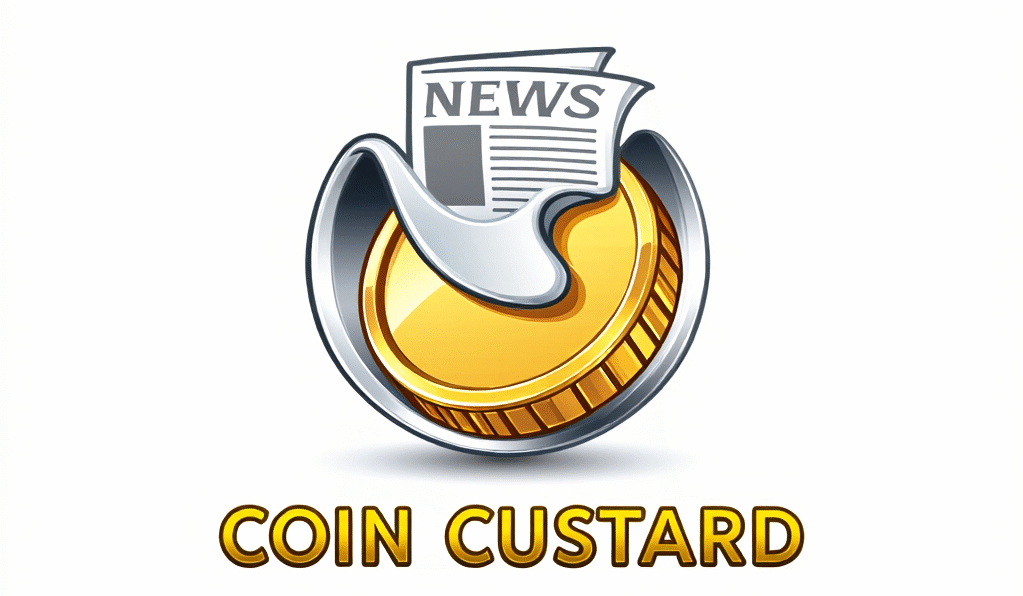Goldman Sachs and BNY Mellon Drive Tokenization to Compete with Stablecoins
As stablecoins gain traction in the U.S. financial system, traditional institutions like Goldman Sachs and BNY Mellon are turning to tokenization to keep money market funds relevant. According to a JPMorgan strategist, this move is part of a broader effort to modernize legacy financial products and maintain their appeal in an increasingly digital economy.
Tokenization involves converting traditional assets, such as shares in money market funds, into digital tokens on a blockchain. These tokens can then be traded or settled more efficiently, offering benefits like faster transactions, reduced costs, and improved liquidity. For Wall Street giants, this represents a strategic shift to stay competitive as stablecoins and other crypto-based financial instruments grow in popularity.
Stablecoins, which are cryptocurrencies pegged to stable assets like the U.S. dollar, have become a preferred tool for many investors and businesses seeking the speed and transparency of blockchain without the volatility of traditional cryptocurrencies. Their adoption has surged, particularly in payments, remittances, and decentralized finance (DeFi).
In response, traditional financial institutions are exploring ways to integrate blockchain technology into their offerings. Goldman Sachs and BNY Mellon have been at the forefront of this push, experimenting with tokenized versions of money market funds. These funds, which invest in short-term, high-quality debt instruments, are a staple for institutional investors looking for stability and yield.
By tokenizing these funds, banks aim to combine the familiarity of traditional finance with the efficiency of blockchain. For instance, tokenized money market funds could enable near-instant settlements, 24/7 trading, and fractional ownership, making them more accessible to a broader range of investors.
The JPMorgan strategist noted that this trend reflects a growing recognition among traditional players that they must innovate or risk losing market share to crypto-native solutions. While stablecoins dominate the conversation around digital dollars, tokenized real-world assets could offer a bridge between old and new financial systems.
However, challenges remain. Regulatory uncertainty, technological hurdles, and the need for industry-wide standards could slow adoption. Despite these obstacles, the momentum behind tokenization suggests that Wall Street is serious about leveraging blockchain to future-proof its offerings.
As the race between traditional finance and crypto intensifies, the success of tokenized money market funds could determine whether legacy institutions can hold their ground or if stablecoins will continue to dominate the digital asset space. For now, Goldman Sachs and BNY Mellon’s efforts signal a significant step toward blending the best of both worlds.


